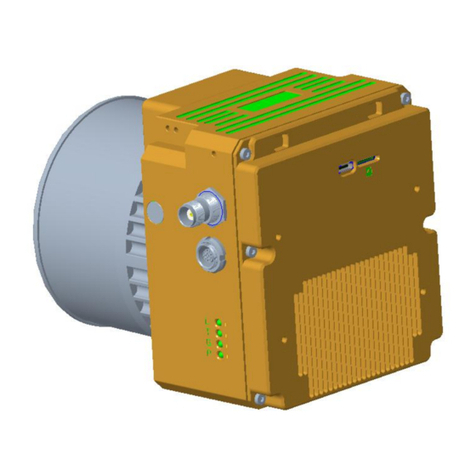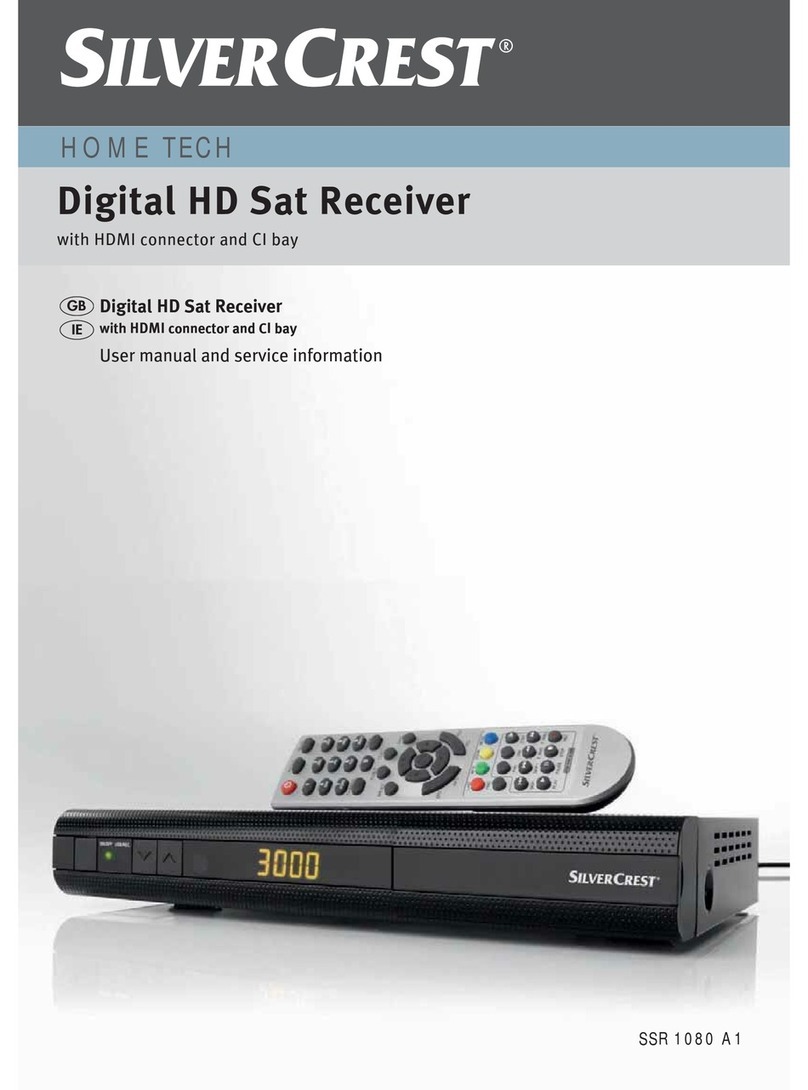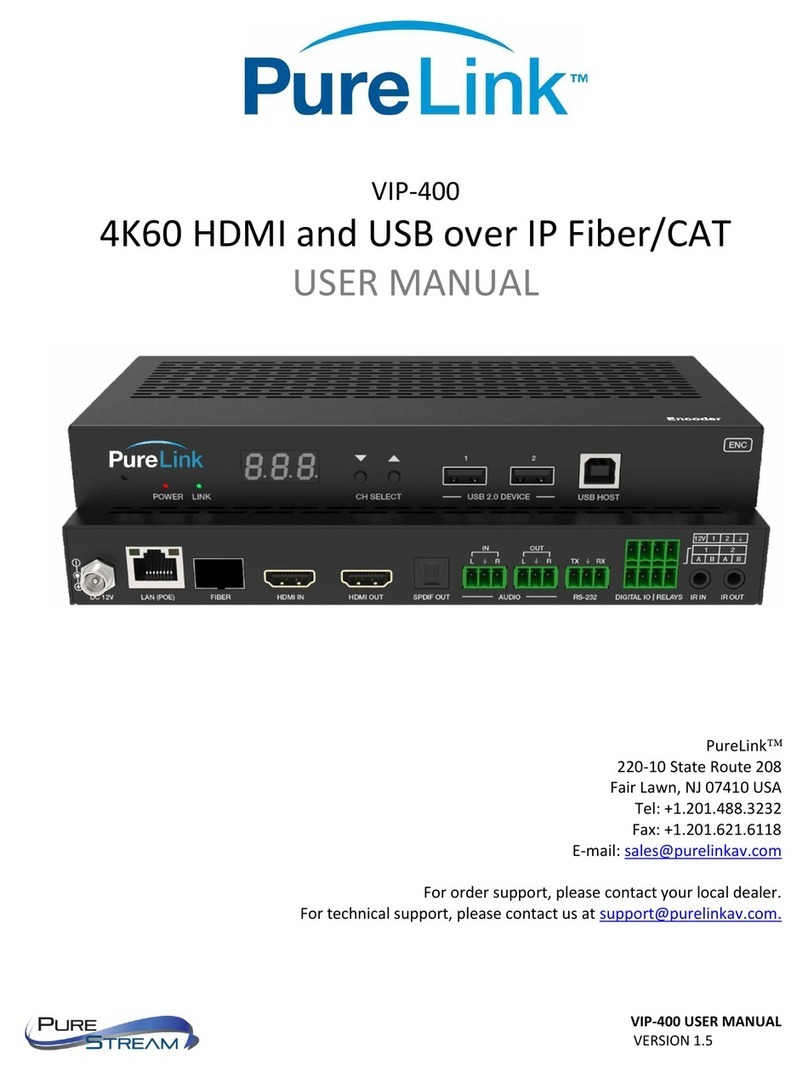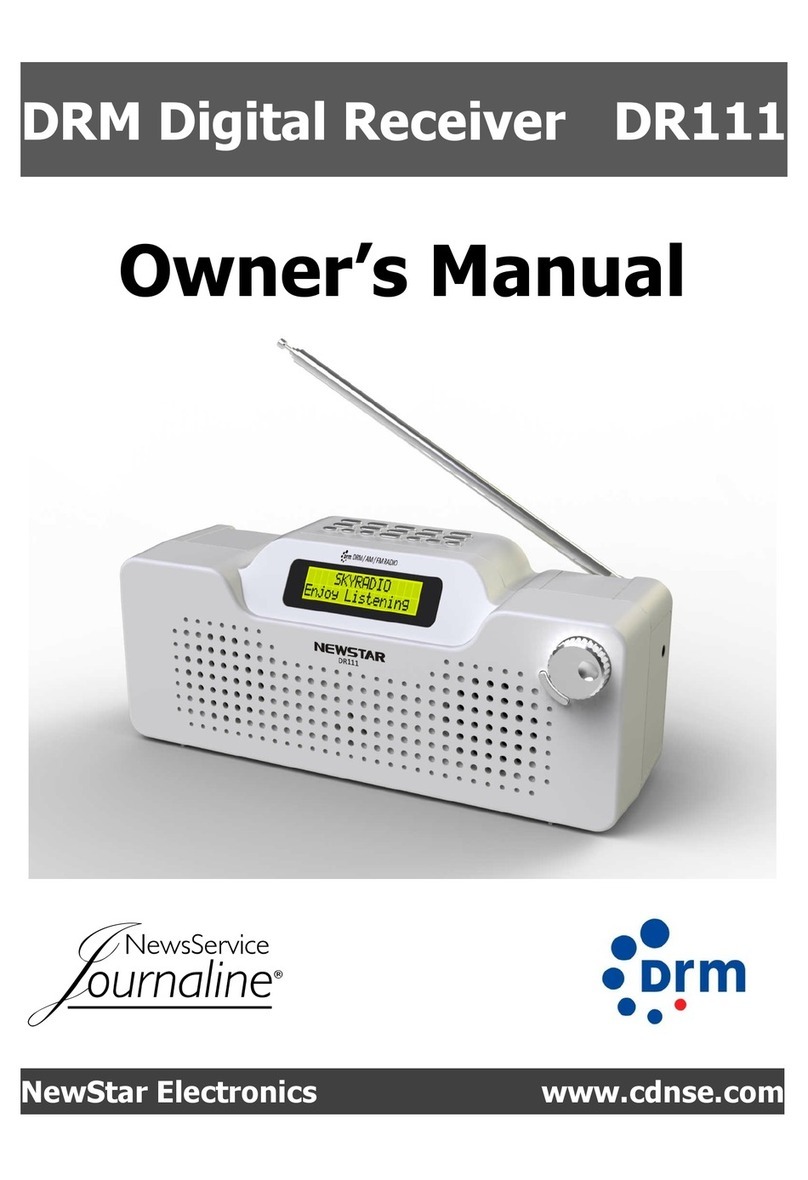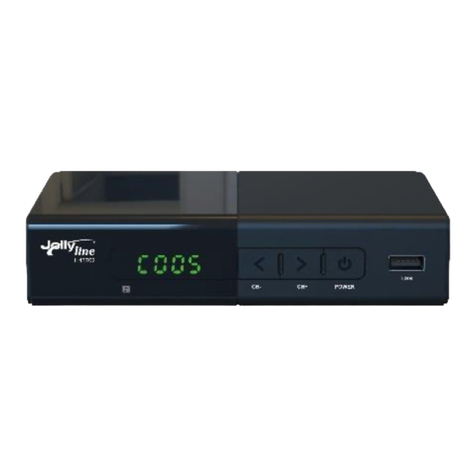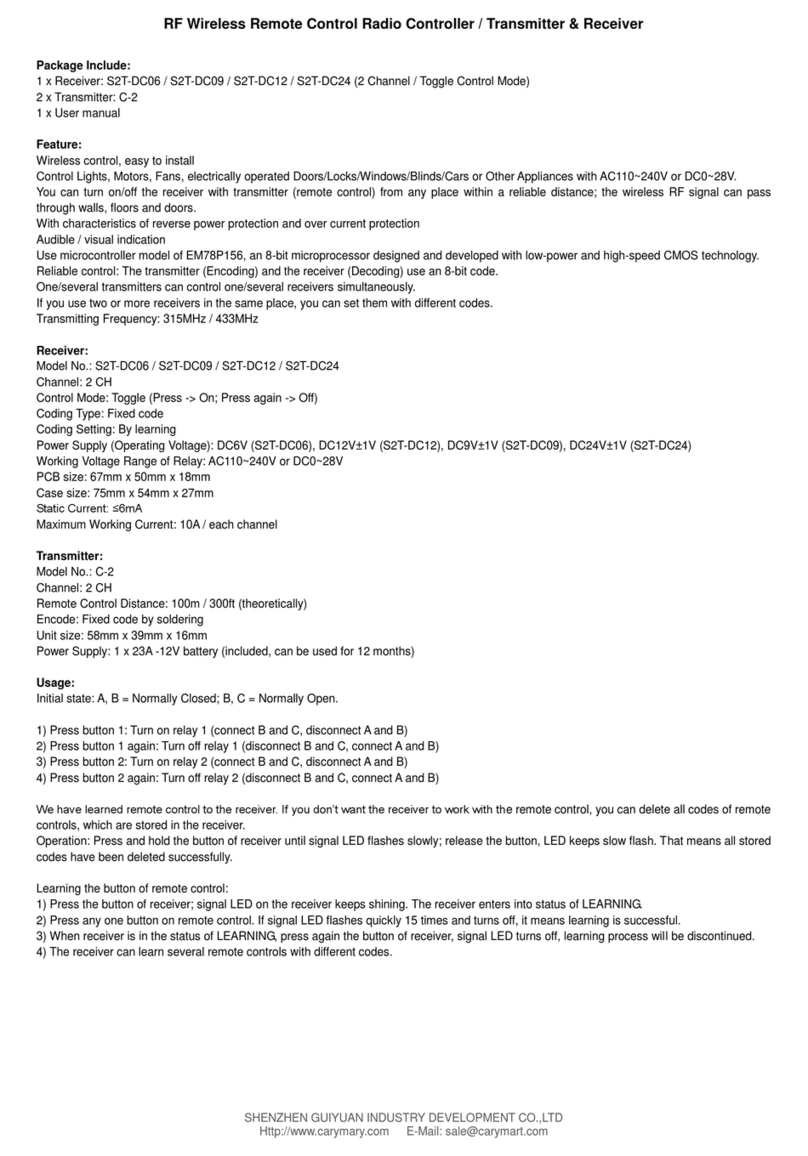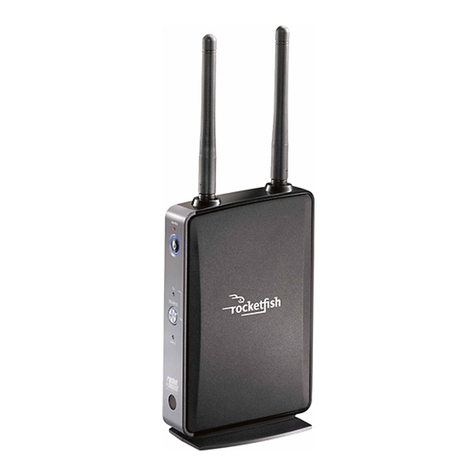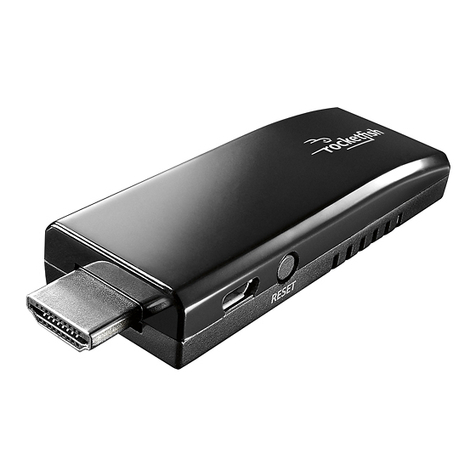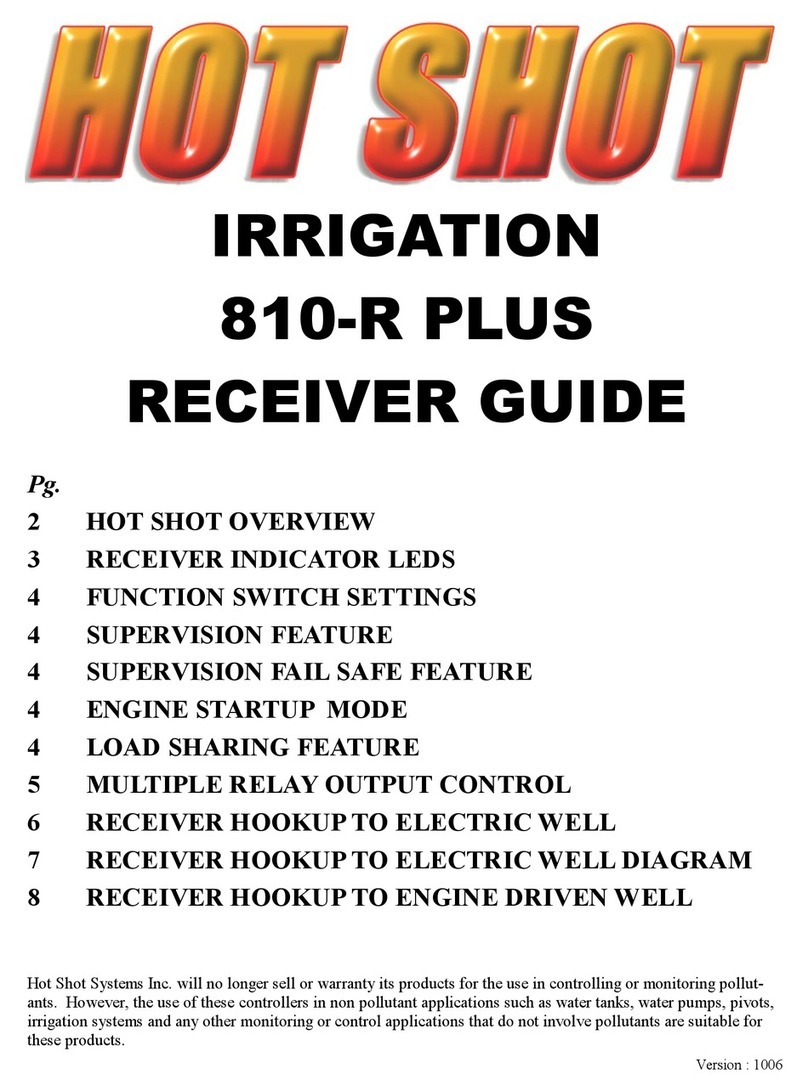GEOSUN gAirHawk User manual

gAirHawk
|||||||||||||||||||||||||||||||||||||||||||||||||||
GS-100M UAV LiDAR Scanning System
Operation Manual
Wuhan Geosun Navigation Technology Co.,Ltd

gAirHawk 空中鹰是由际上导航自主研发的情形激光
gAirHawk GS-100M is a kind of middle range compact LiDAR point cloud data
acquisition system, integrated Livox Avia laser scanner, GNSS and IMU
positioning and attitude determination system, and storage control unit, is able
to real-time, dynamically, massively collect high-precision point cloud data and
rich image information. It is widely used in the acquisition of 3D spatial
information in surveying, electricity, forestry, agriculture, land planning
Interface type
Interface model
Function
GNSS Antenna port
TNC connector
Connected extenal GNSS
antenna
Power input port
4 pin aviation connector
Connected the power supply,
voltage 12~16V
Data input port
Nine pin core aviation
connector
Connected to the laser
sensor unit
Signal input port
Nine pin core aviation
connector
Event signal, trigger signal,
etc
USB port
USD type-C data cable
Copy the data from flash
build-in
Introduction
GS-100M Interface

GS-100M Side View as Above Figure
GS-100M Side View as Above figure
1 Micro SD slot, 1 Type C interface, 3 interface and 4 LED
Indicators

GS-100M LiDAR Scanning System Standard Operation Flow as following,
1. Fix the GS-100M lidar scanning system to the carrier (drone or car, etc).
2. Install the GNSS antenna on the carrier without any interference,
and connected to GS-100M LiDAR Scanning system directly.
3. Insert the 128GB micro SD card into slot
4. Connect the GNSS antenna to the antenna interface of the GS-100M.
Connect the power cable to the power supply interface(power supply voltage
range 12~15V).
5. Turn on the base station (user-supplied) to collect base station data.
Turn on the power of GS-100M, the system starts to run.
!! Please make sure that the base station starts collecting data one minute ago
then turn on the lidar system power!!
6. Wait for the system to initialize and lock the star, then wait for the led
indicator lights in normal. (The power indicator is on, the GNSS indicator
flashes one time in 1 intervals, and the LIDAR indicator flashes one time in 1
intervals).
7. After the indicator light is normal, the system needs to stand for 300
seconds to self-calibrate the internal inertial navigation system.
When multiple flights, if the time interval of each flight is short (the time
between landing and the next flights are not exceed 5 minutes), the next flights
can shorten to 180 seconds.
Some drones have the function of battery replacement without electricity. In
this case, after landing, if the LiDAR system is not powered off, there is no
need to do a initialization.
8. Start the scanning mission. After taking off, please operate the drone to
perform a 8 maneuver, and then enter the flights to start the scanning mission.
Standard Operation Flow

This action is used for further calibration of the internal inertial navigation
system. If this action is not performed, the accuracy of the data collected
during the flight will decrease.
9. After scanning, disconnect the power of the device, take out the data from
the micro SD cards, and perform the calculation operation by Shuttle and
gAirhawk software on the computer.
GS-100M uses one micro SD cards (TF card), respectively used to store POS
and LIDAR data.
Each flight, the system will automatically create a folder named as the current
point in time, and store all the data collected in this folder directory.
Regarding the micro SD card, please use it according to the following terms:
[1] Please select a micro SD memory card above C10 U1 level.
[2] Approximately 5.5GB of data is generated every 10 minutes when runs
LiDAR system (in the triple echo mode). Please make sure that the remaining
space in the micro SD card is sufficient for next flights.
[3] When the microSD card is connected to the computer, the computer
system will pop up a dialog box prompting that the storage device needs to be
scanned. At this time, be sure to select "Scan and Repair", otherwise the data
in the micro SD card may not be read and written normally.
GS-100M contains G64GB eMMC (The real capacity is 54 GB) Flash memory
GS-100M Data Storage Instruction

for backing up the collected data to prevent data loss due to accidental
damage of the micro SD card.
If users need to read the data in eMMC Flash, please use USB type-C data
cable.
(Please make sure that the cable has a data transmission function. Some
cables may only have a power function. This type of cable cannot be used.)
Connect the lidar device to the user's computer (the lidar power cable does not
need to be connected). The computer will automatically recognize the lidar as
a mobile storage device, and then can perform data operations.
When each flight, it will automatically determine the remaining free space in
the eMMC flash memory. If the remaining space is less than 20GB, the system
will automatically delete the oldest data files until the remaining space is
greater than 20GB.

Refer to the 4 led indicators as above mentioned, description as following
PWR Indicator
Light on : Power on
Turn off : No power or abnormal
Fast flashing: the microSD card is not inserted, or
it is inserted but the connection is not good
GNSS Indicator
Light off : Unlock the satellite.
1Hz frequency flashing: the satellite is locked, and
internal Flash memory data are saved normally.
Steady light for more than 60s: system is
abnormality, please refer to troubleshoot
instructions
TRIG Indicator
Light off: no trigger signal output
Flash: According to user configuration, it can be
set as isochronous trigger or equidistant trigger,
flashing when triggered
LIDAR Indicator
Light off: Lidar data is not read
Light off: The lidar data are not read
1Hz frequency flashing: Lidar data is normally
Steady light for more than 60s: system is
abnormality, please refer to troubleshoot
instructions
GS-100M Indicators Instruction

GS-100M lidar configuration file
Users can configure some functions of GS-100M
The standard configurable functions currently provided are as follows,
Trigger signal interval: isochronous interval trigger, unit: second and
equidistant interval trigger, unit: meter
Trigger signal mode: high level trigger (normal low level, high level when
triggered); low level trigger (normal high level, low level when triggered)
Trigger signal pulse width: 15ms~999ms
The Lidar is configured to be at a 2-second isochronous interval, low-level
trigger, and pulse width 15ms in default.
If you need to configure other trigger methods, please contact our technical
support staff. The technical support staff will provide a configure.ini file, put this
file into the root directory of the micro SD card, then insert the device and
power on, the device will automatically Read the configuration file and
complete the configuration.
When the configuration is successfully completed, the configure.ini file in the
microSD card will disappear after power off.
!! Do not edit and change the configure.ini file by yourself!!
!! Otherwise the device will not work normally!!

An abnormal situation happen when use, please handle it according to this
table.
After power on, the power
indicator is not on
Please check whether the power polarity
is correct and the power connector is
connected
Power indicator fast flashing
The micro SD card is not inserted, or it is
inserted but the connection is not good
The system start, the GNSS
indicator is off for a long time
Please make sure the GNSS antenna,
cable and lidar are firmly connected, and
the device is in an environment without
any interference and the satellite signal
is not blocked
LIDAR indicator is off for a long
time
The lidar data will be read and stored
only after the system completes the
locking stars. Please make sure the
system locks the star normally.
If the LIDAR indicator is still off after
more than 5 minutes, please check
whether there is slight vibration and
sound when running. If there is no such
phenomenon, please check the power
supply voltage and the current load
capacity and make sure the voltage
range is 12~15V and there is a current
load capacity of 3A or more
The PWR, GNSS and LIDAR
indicators are all on
The system is abnormal, please turn off
more than 30 seconds, and then connect
the power to restart
If you are unable to resolve the anomaly or other abnormal conditions,
please contact our technical staffs
GS-100M Troubleshoot
Other GEOSUN Receiver manuals
Popular Receiver manuals by other brands

IMG STAGE LINE
IMG STAGE LINE TXS-855 instruction manual

Audio Control
Audio Control Concert AVR-4 User functionality manual
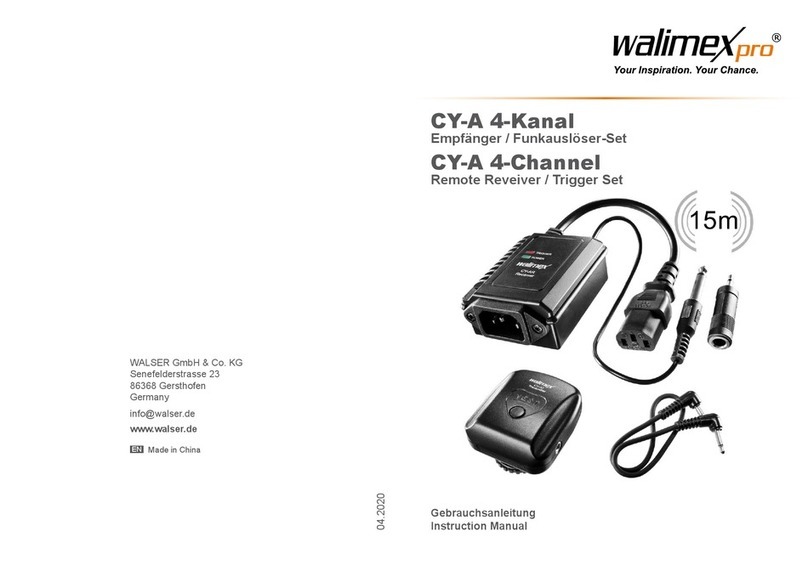
WalimeXPro
WalimeXPro CY-A 4-Channel instruction manual
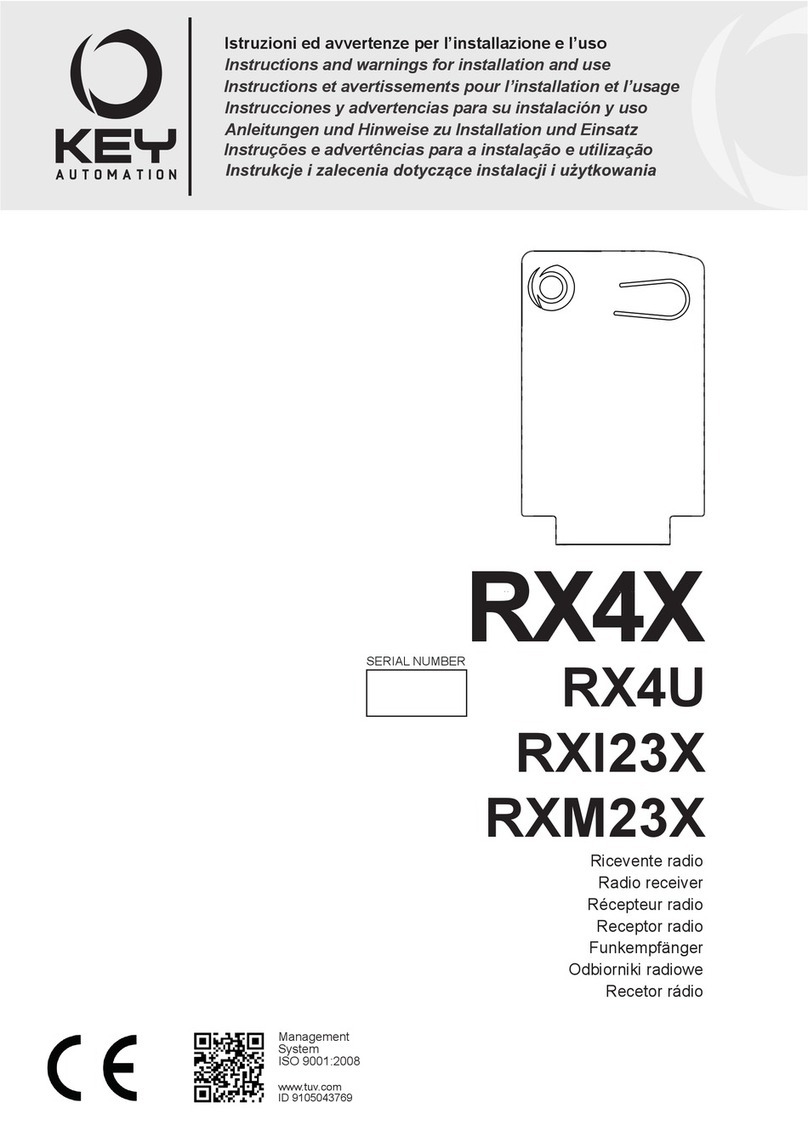
Keyautomation
Keyautomation RX4U Instructions and warnings for installation and use

SKYDANCE
SKYDANCE C2 user guide
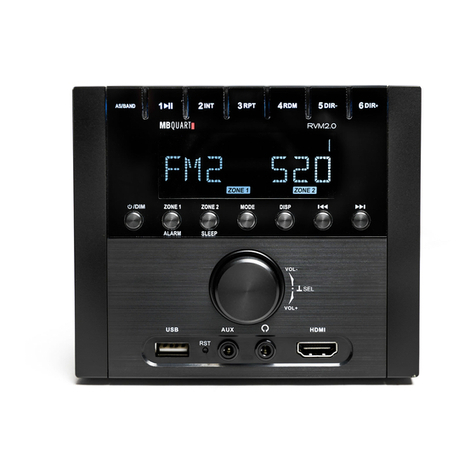
MB QUART
MB QUART RVM2.0 user manual
